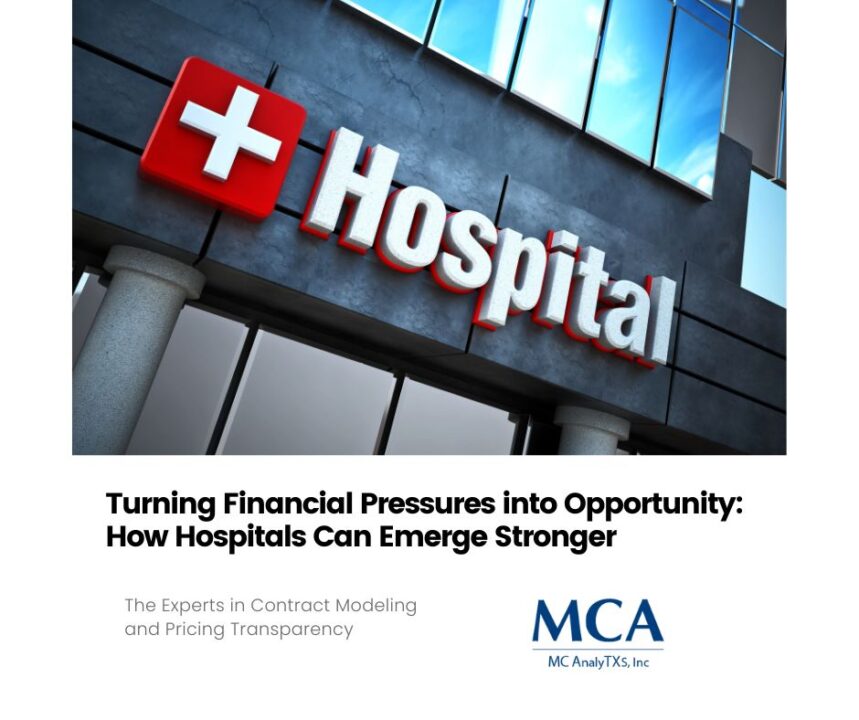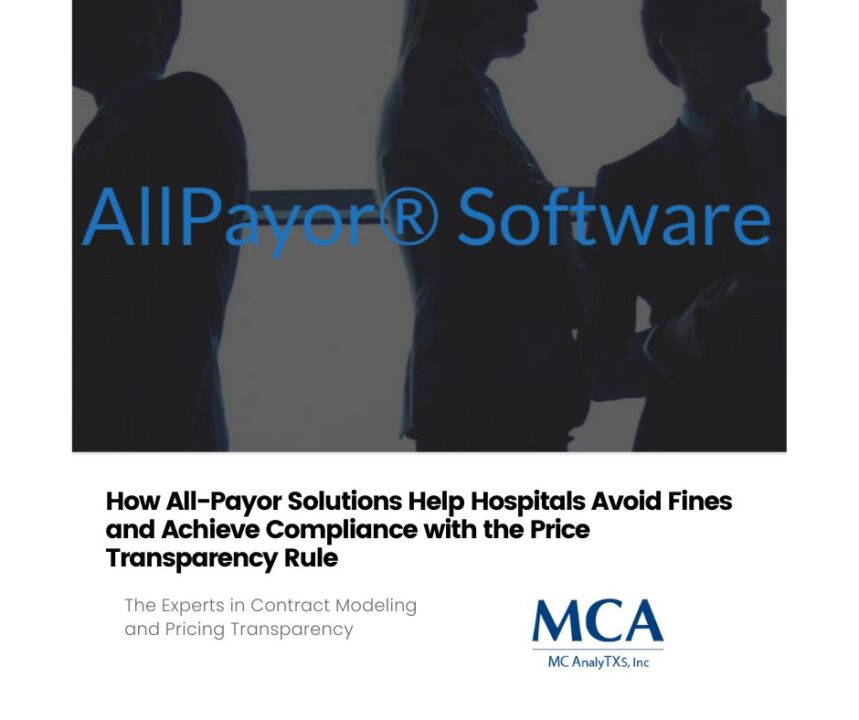
The Vital Importance of Revenue Cycle Management in Hospitals and Health Systems
January 26, 2024
How to Set Your Healthcare Organization Up for Long-Term RCM Success
January 31, 2024In today’s ever-changing healthcare industry, patient experience and revenue cycle management (RCM) are two key areas that healthcare providers must prioritize. However, inefficient onboarding processes can quickly land a significant blow to your RCM bottom line, and could ultimately lead to missed revenue opportunities and dissatisfied patients. In this article, we’ll discuss the ways to unlock immediate revenue and improve your onboarding process for maximum efficiency, satisfaction, and bottom-line profit.
Streamline the verification process
A lengthy verification process can create frustration for patients, leading to dissatisfaction. Therefore, it’s important to streamline the verification process to make it quick and easy for both front-end staff and patients. This can be achieved by incorporating digital tools such as self-registration kiosks, online check-in, and patient portals that allow patients to provide their information ahead of time- all of which can speed up the onboarding process and reduce patient wait time.
Automate insurance verification and eligibility checks
Verifying insurance coverage can be time-consuming and manual, which could lead to errors when performed by staff members. Automating the insurance verification process using software solutions can streamline the process and ensure accurate claims submissions – ultimately improving your bottom line.
Implement training and education on payer requirements
Lack of awareness and knowledge about payer requirements can result in rejected or denied claims, which can substantially hurt your RCM bottom line. Provide your staff with adequate training and education, so they can understand payer requirements and various workflows, thereby reducing the chances of errors and improving revenue outcomes.
Leverage predictive analytics for patient financial engagement
It’s vital for providers to know how much they should expect from a patient financially, and to understand the probability of collecting payment in full. By analyzing patient demographic data, usage patterns, and insurance claims history, predictive analytics can predict the expected patient financial engagement and assist in prioritizing the most lucrative payment terms.
Utilize electronic signature technology
Filling out forms is a source of frustration for patients and can put a stop to the onboarding process. Electronic signature technology can simplify this process and ensure that all essential paperwork is signed and completed electronically, leading to a more streamlined onboarding process and improved patient satisfaction.
Conclusion:
An inefficient onboarding process in healthcare could lead to dissatisfied patients and loss of revenue opportunities. By looking for ways to unlock immediate revenue and improve the onboarding process, healthcare providers can create a more efficient and satisfying experience for their patients, improve their bottom line revenue, and lead to better patient outcomes. With a combination of technology and efficient training, healthcare providers can streamline their onboarding processes and overcome the inefficiencies that lead to RCM bottom-line issues. By following the above tips, healthcare providers can unlock immediate revenue and improve efficiency, satisfaction, and bottom-line profit.
To learn more join our upcoming webinar Thu, February 22nd, 2024, at 1:00 PM CST





